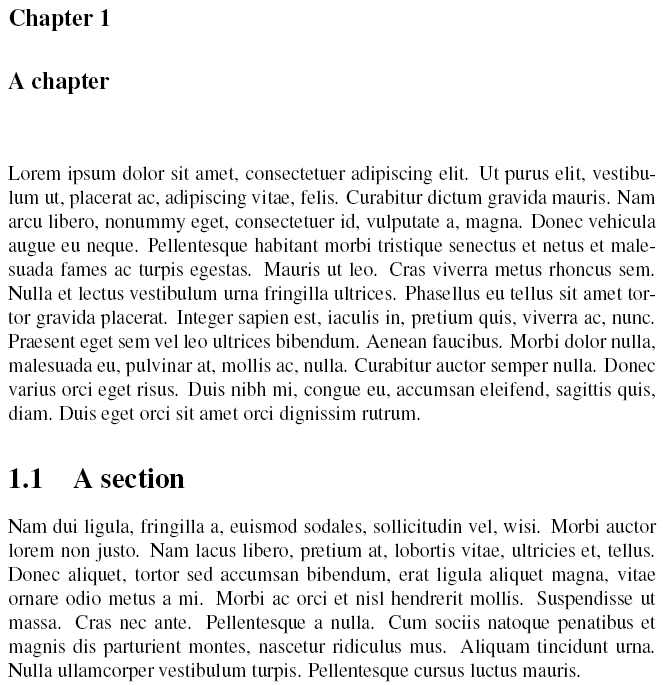Skip to instructions for macOS or Windows
We have 11 free Times-new-roman, Regular Fonts to offer for direct downloading 1001 Fonts is your favorite site for free fonts since 2001. Debugging font matching. The systemfonts package is used to match font family names to fonts installed on the system. Systemfonts will always return a valid font, but if the requested font is badly misspelled or missing, a default will be returned. To test if the expected font is matched you can use the matchfont and fontinfo functions. When it comes to making figures in R, you can use any font you like, as long as it's Helvetica, Times, or Courier. Using other fonts that are installed on your computer can seem an impossible task, especially if you want to save the output to PDF. Fortunately, the extrafont package makes this process much easier. With it, you can create. A teen's science fair project led him to realize that changing fonts could save the U.S. Government millions of dollars. Times New Roman, Century Gothic and Comic Sans. Then he measured how. You can use this code to generate a graphical table of fonts. Fonts have short names and canonical family names. You can use either one when specifying the family.
R and ggplot can create fantastic graphs, but the default Arial/Helvetica font is too boring and standard. You can change the font used in a plot fairly easily three different ways:
- All of the built-in ggplot themes have a
base_familyargument for setting the overall font family for the plot element_text()has afamilyargument for changing fonts on individual plot elementsgeom_text()andannotate(geom = 'text', ...)have afamilyargument for changing fonts on text layers
For example:
However, there are a couple difficulties when using custom fonts like this:
- R on Windows does not automatically see custom fonts and will throw an error if you try to use them.
ggsave()on its own cannot correctly save PDF versions of plots with custom fonts—it cannot embed the fonts.
Fixing both of these issues is relatively easy. On Windows, you can either load fonts into R on the fly with windowsFonts(name_of_font_inside_r = windowsFont('Name of actual font')), or you can use extrafonts::load_fonts() from the extrafonts library to permanently load fonts into R’s internal database. A full example of this is included below.
Embedding fonts in PDFs is also fairly easy. Instead of using R’s default PDF-writing engine, you can use the Cairo graphics library (which, nowadays, is conveniently packaged with R). Cairo has full Unicode support and can handle embedding custom fonts just fine. To make ggsave() use the Cairo engine when writing a PDF, specify the device:
You can also use Cairo’s PNG engine when writing PNG files. R’s default PNG-writing engine can sometimes have issues with correctly setting the resolution. In theory, if you specify a width and a height and a DPI, ggsave() will generate a file with those dimensions. However, if you place the PNG into Word, PowerPoint, InDesign, or any other programs, the graphic will be too large, for reasons unknown. If you save the graphic with the Cairo library, though, these programs will respect the size and DPI and place the image correctly.
Using the Cairo PNG library makes a significant difference when you use the image in other programs. Notice how the Cairo-based PNG is actually 4 inches wide in Word, while R’s default PNG takes up the full width of the page and uses a lower resolution:
Finally, if you use R Markdown and knitr, you can specify the Cairo device for each output type in the document metadata:
Here’s how you can use ggplot::ggsave() and Cairo to create PDF with embedded custom fonts and PNGs with correct resolutions:
Full instructions for macOS
The Cairo graphics library should be installed behind the scenes when you install R—you should not need to install any R-specific Cairo libraries or anything for this to work. However, you do need to install an X11 window system first, like XQuartz.
You can verify that you have Cairo support by running the capabilities() function; TRUE should show up under cairo:
R on macOS should automatically see the fonts you have installed on your computer.
Here’s a full example of loading and using a custom font on macOS:
Full instructions for Windows

The Cairo graphics library should be installed behind the scenes when you install R—you should not need to install any special Cairo libraries or anything for this to work.
You can verify that you have Cairo support by running the capabilities() function; TRUE should show up under cairo:
R on Windows cannot see the fonts you have installed on your computer. You can see a list of fonts R does have access to with the windowsFonts() function:
You can add all your system fonts to that database by installing the extrafont library and running font_import(). This will take a while, though, and it will only pick up fonts that are currently installed. If you install a font later, R will not see it—you’ll need to run extrafont::font_import() again.
Alternatively, you can load fonts into R on the fly, without loading the full database, using windowsFonts(name_of_font_inside_r = windowsFont('Name of actual font')):
Once you do this, the font will be loaded:
This only takes effect for your current R session, so if you are knitting a document or if you ever plan on closing RStudio, you’ll need to incorporate this font assignment code into your script. If you don’t want to do that, run extrafont::load_fonts() to load all the fonts—once you do this, you won’t need to repeatedly run windowsFonts() to load fonts each time you run a script.
Changing Font To Times New Roman In R Studio Free
Here’s a full example of loading and using a custom font on Windows: